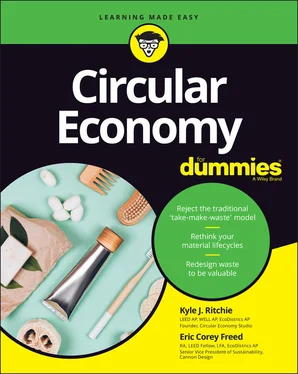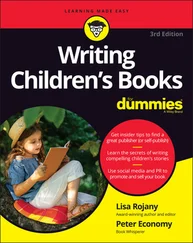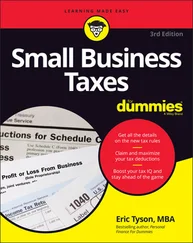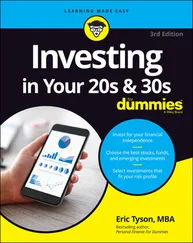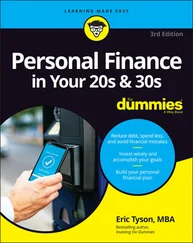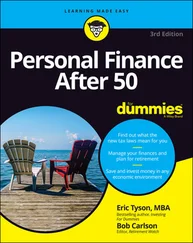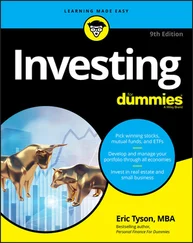If it ain’t broke, don’t fix it
One of the most common arguments against changing is that “it’s working perfectly fine now, so there's no need to change it.” But in reality, the linear system doesn’t work perfectly, given all the diminished resources, overflowing waste, and soaring environmental impacts resulting from it.
A great way to start the conversation around making change is to start to map out some of the assumptions of the linear economy and highlight how they’re not working.
Table 2-2contrasts the linear economy with the circular one.
TABLE 2-2:Comparing Circular and Linear Economies
| Linear |
Circular |
| Runs on fossil fuels |
Runs on sunlight |
| Produces waste |
Creates surplus resources |
| Pollutes the soil |
Feeds the soil |
| Is efficient |
Is effective |
| Make |
Remake |
By recognizing that the linear economy is flawed at its core, you open up the possibility of embracing a circular alternative approach. By playing with these contrasting models, you start to see how the circular economic approach just makes so much more sense.
For most companies, the desire to switch from a linear economy to a circular one isn’t so much about saving the planet. Ultimately, every company is a business, and a business must be economically successful and profitable. So, in order to entice companies to take a risk and transform how they do business, they need to know that, by going circular, they increase their profits.
To quote architect and futurist Buckminster Fuller (1895–1983):
You never change things by fighting the existing reality. To change something, build a new model that makes the existing model obsolete.
Companies generally see four types of value in switching from linear to circular. These benefits will encourage them to change their business models:
Sourcing: These are the direct financial gains that come from switching to a closed-loop system — where materials are looped back to be recovered or reused — including savings from reducing risk, reducing waste, and using less commoditized materials.
Environmental: These are the gains to your brand from sharing your sustainable approach with your customers.
Customer: These gains come from the product improvements to your customers in terms of repairability or reuse.
Informational: Once you start taking an active interest in how your products are being used and disposed of, you find a wealth of customer data and insights that drive future product decisions.
The best part of these drivers is that they start to encourage and feed more circular thinking. For example, as you look for ways to reduce waste, you redesign your products to be repairable. As customers bring in products to be repaired, you improve your relationship with them and gain valuable insight into their needs.
Nadine Gudz is an award-winning sustainability leader and the former global director of Sustainability Strategy at Interface, one of the world’s leading modular flooring companies. They also happen to produce some of the most sustainable carpeting available. Its initial founder and chairman, Ray C. Anderson, transformed his company in 1994 after reading The Ecology of Commerce by Paul Hawken and committed his company to eliminating “any negative impact the company may have on the environment by the year 2020.”
This daunting challenge was referred to as “Mission Zero” inside of the company, and they called their efforts “climbing Mount Sustainability.” The authors sat down with Nadine to discuss the challenges of taking a resource-intensive product like carpet and transform it into a circular product.
Carpet is a massive, material intensive resource. Raw materials are inserted into one end of a machine and carpet comes out the other. Despite its popularity, carpet also has a huge environmental cost, where after only 5 or 7 years it gets thrown into the landfill and replaced. So it makes sense that a carpet company like Interface would pioneer how to improve on this.
Nadine Gudz: There are so many learning opportunities to think differently throughout a carpet’s supply chain — purchasing, installation, maintenance, how you interact in that relationship. Context is really important.
It was very exciting to be a part of a manufacturer that was open to trying different things. For example, the launch of Interface’s Embodied Beauty, the first carpet tile to absorb the carbon it takes to produce it.
What's become clear to you as you've tried to implement the idea of “carpeting as a service?” On the one hand, it seems like a simple thing to tell customers that you’ll provide the benefits that carpet provides, but without having to own it. But on the other, I know it’s much more complicated than that.
Nadine Gudz: It really is. When Ray [Anderson, CEO of Interface] first talked about the idea of the evergreen carpet leasing program, it generated so much interest. The program was piloted with one friendly customer who was willing to try it out. It didn't go anywhere. It was impossible to sell this idea of leasing or renting carpet. It just didn't fit with our customer’s traditional mindsets around budgets.
There continues to be a lot of interest in this from customers and passion for it at Interface. And now with the momentum around circular economy, I think the conditions might be right to bring it back.
Interface pioneered how to green their sourcing and supply chain. Why were you so successful with that? In what Interface refers to as “climbing Mount Sustainability,” how did you take on the challenge of changing your supply chain, knowing that it would be hard?
Nadine Gudz: It was so hard, but the timeframe really matters here. The company’s sustainability awakening occurred in 1994. It didn't take long to get a team on board to help advise Interface and create this roadmap to Mt. Sustainability, setting a bold, audacious goal we call “Mission Zero” — to eliminate any negative environmental impact by the year 2020.
The big shift, which was a very difficult decision-making process, had to do with letting go of suppliers who were not willing to invest in the technologies to recycle nylon [the chief ingredient in carpeting]. The key fibers used in Interface products were more sustainable, and in order to get to zero carbon, Interface could not be using virgin nylon in its products.
The company quickly realized that using recycled nylon would dramatically reduce the company’s carbon footprint. It took 13 years for Interface to actually procure recycled nylon from suppliers who were both willing and technologically able to make these recycled yarns.
Today Interface uses hundreds of color palettes with a majority of recycled nylon (a huge jump from 1994 to 2007!) It took 13 years to address the main culprit in the supply chain, and its thanks to two primary suppliers who were willing to step up, invest, and see the potential and the opportunity. See how the market has shifted?
How did they source the recycled nylon?
Nadine Gudz: It’s an amazing global partnership, starting with fishing communities in the Philippines and a very progressive supplier, Aquafil.
Their CEO, Giulio Bonazzi, was inspired by Ray and Interface’s story. Their team found a way to make nylon fibers from discarded fishing nets. That inspired our innovation team to ask the question: “Where would fishing net recycling do the most good in the world?” In conversations with biologists at the Zoological Society of London, the answer was: the Philippines.
Читать дальше
